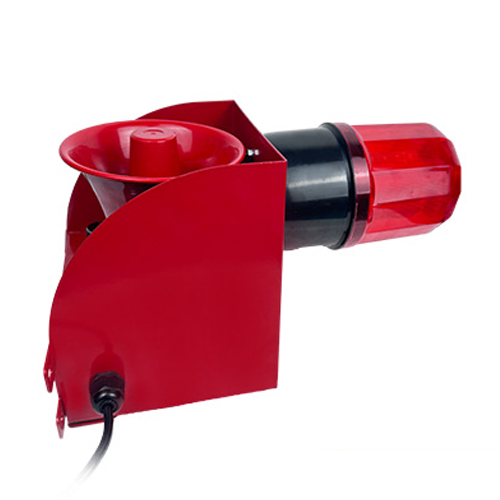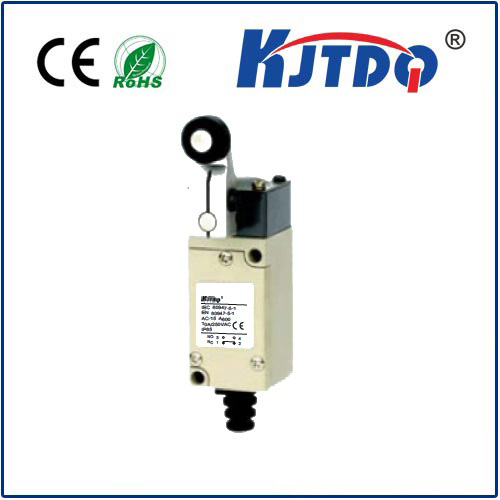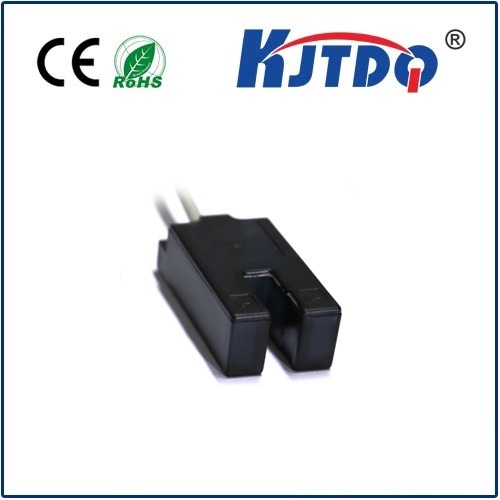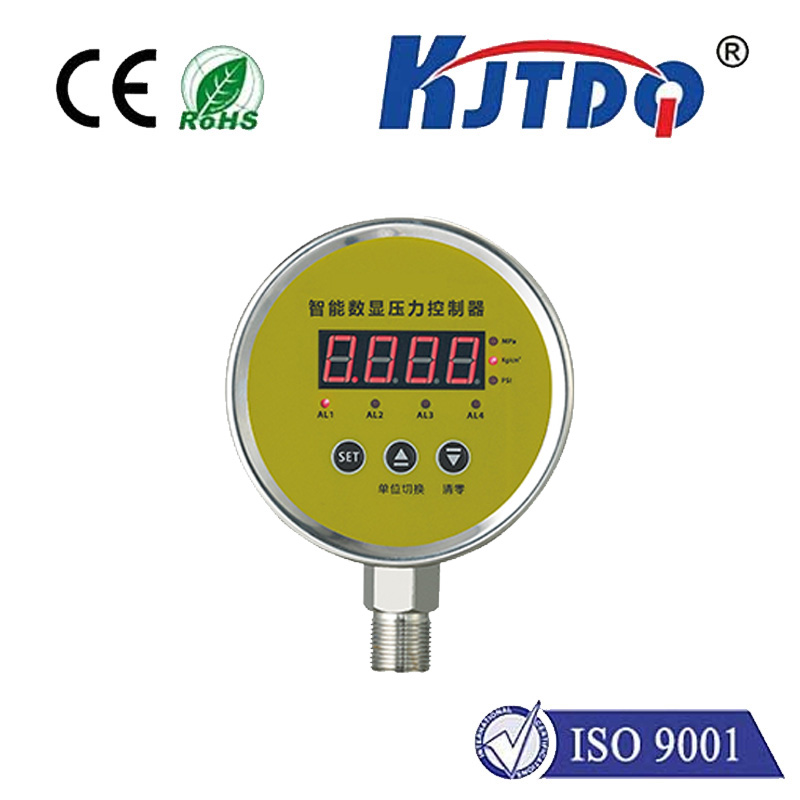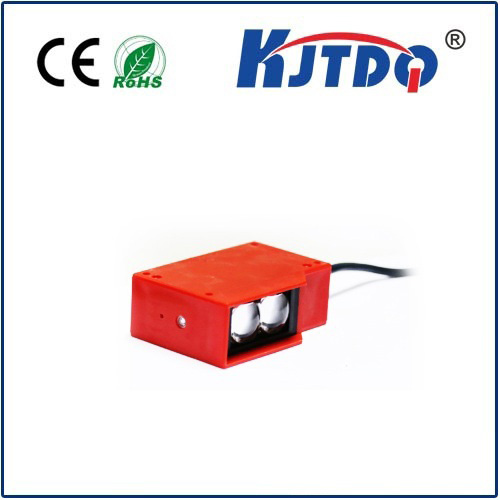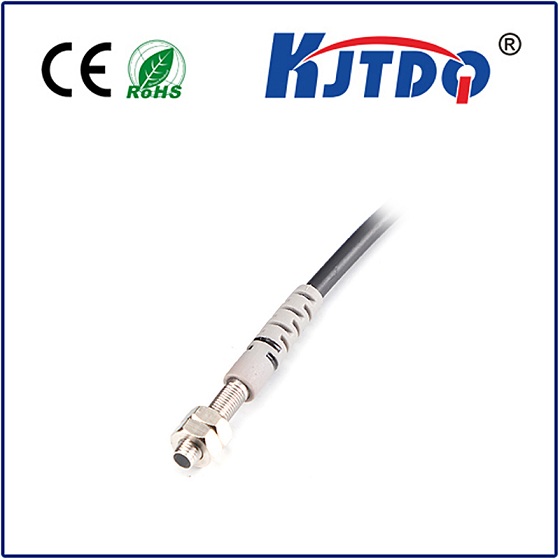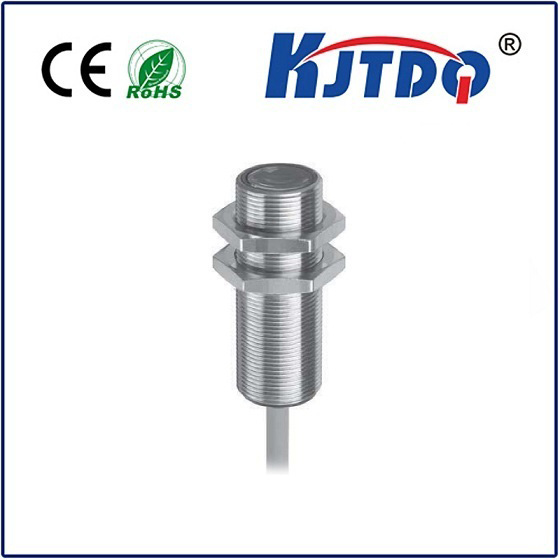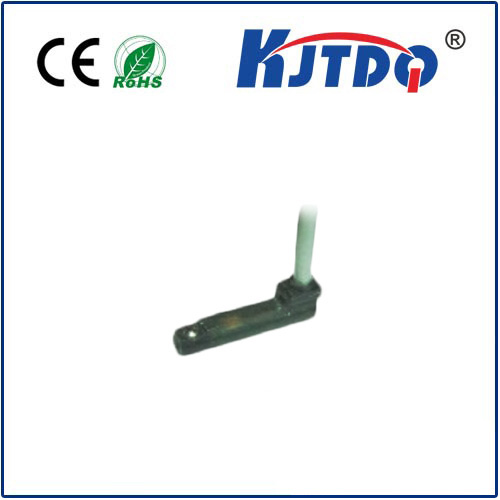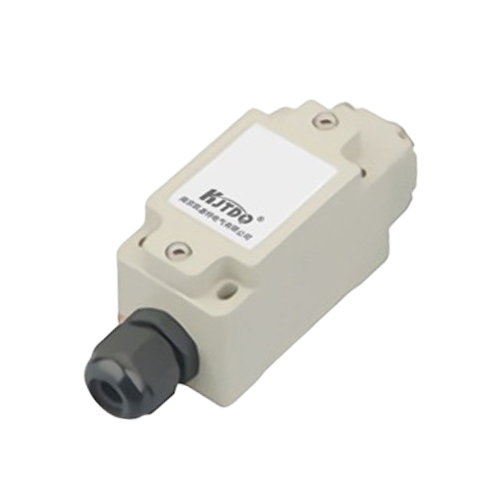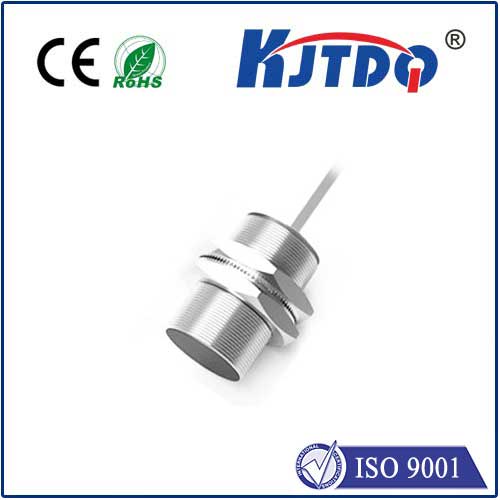

check

check

check

check

check

check

check

check

check

check
Capacitive proximity sensor technology has revolutionized the way we perceive and interact with our surroundings, especially with the advent of the innovative M8 capacitive proximity sensor. This game-changing sensor model, epitomized by the Bulletin 875, boasts an adjustable sensing distance that transcends traditional limitations encountered by other sensory technologies. Its adaptable nature caters to applications where other sensors falter, making it a cornerstone of innovation in the realm of sensing technology.
The unique capability of capacitive sensors like the M8 variant lies in their sensitivity towards a wide array of materials. Not confined to merely recognizing standard metal targets, these sensors can detect non-metallic solids and liquids, broadening their utility in diverse industrial and consumer sectors. This inclusive detection feature opens up new avenues for design and functionality, enabling creative solutions where conventional sensors fall short.

An extraordinary attribute of the M8 capacitive proximity sensor is its ability to sense through certain materials. This groundbreaking feature means that it can identify targets hidden behind barriers that would otherwise be impenetrable by other sensory technologies. Such capability not only enhances its applicability but also provides a safety net in environments where direct contact or line-of-sight is impossible, fostering advancements in areas such as robotics, automotive systems, and intelligent monitoring platforms.
In addition to their technical prowess, M8 capacitive proximity sensors offer unparalleled flexibility in deployment and use. The adjustable sensing distance, in particular, tailors the sensor's performance to specific needs, ensuring optimal outcomes in various settings. Whether it's fine-tuning the sensor for intricate machinery components or adapting it for expansive detection fields, this customizable feature makes the M8 capacitive proximity sensor a staple for engineers and designers alike.
Moreover, the versatility of these sensors extends beyond mere product specifications. It heralds a new era of intuitive interaction between machines and their environment. As we venture further into the Internet of Things (IoT) and smart automation, the role of capacitive proximity sensors becomes increasingly vital. They serve as silent guardians, facilitating seamless integration between disparate systems and enabling a more connected and responsive world.
As technology continues to evolve, the M8 capacitive proximity sensor stands as a testament to human innovation and ingenuity. With its multifaceted applications and robust capabilities, it paves the way for a future where sensory technology is not just functional but deeply integrated into the fabric of our daily lives. Embracing such advances ensures we unlock unprecedented levels of convenience, efficiency, and sophistication in how we manage and manipulate our environment, making experiences richer and interactions more meaningful.
In conclusion, the versatility of the M8 capacitive proximity sensor is a remarkable asset that transcends conventional boundaries of sensory technology. Its ability to detect a spectrum of materials alongside its penetrative power and adjustable sensing distance cements its place at the forefront of sensor innovation. As we march toward a future replete with smart devices and automated systems, the M8 sensor remains a critical component, ensuring that every interaction counts and every detection matters.
